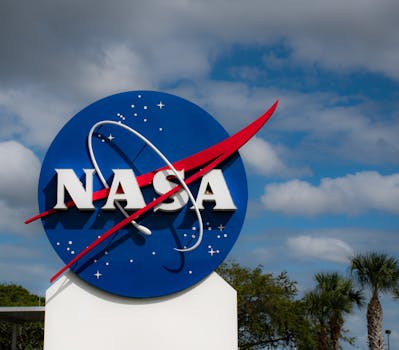Satellite Launch Missions and Their Impact on Space Exploration

Satellite Launch Missions and Their Impact on Space Exploration
The early satellite launch missions were primarily focused on exploring the Earth’s orbit and the surrounding space environment. The first American satellite, Explorer 1, was launched in 1958, followed by the Soviet Union’s Luna 2, which impacted the Moon’s surface in 1959. These early missions paved the way for more complex and ambitious space exploration endeavors.
History of Satellite Launch Missions
The 1960s saw a significant increase in satellite launch missions, with the United States and the Soviet Union engaging in a heated space race. The launch of the first human, Yuri Gagarin, into space in 1961 marked a major milestone in space exploration. The United States followed suit with the launch of Alan Shepard, the first American in space, in 1961. The 1960s also saw the launch of the first commercial satellite, Intelsat 1, in 1965, which enabled global communications.
The 1970s and 1980s saw the launch of numerous satellite missions, including the Voyager 1 and 2, which explored the outer Solar System, and the International Ultraviolet Explorer, which studied the ultraviolet radiation from celestial objects. The 1990s saw the launch of the Hubble Space Telescope, which has revolutionized our understanding of the universe, and the Global Positioning System (GPS), which has enabled precise navigation and timing.
Impact of Satellite Launch Missions on Space Exploration
Satellite launch missions have had a profound impact on space exploration, enabling us to study the universe in unprecedented detail. Satellites have been used to study the Earth’s climate, weather patterns, and natural resources, as well as the Sun, the Moon, and the planets. The data collected from satellite missions has been used to improve our understanding of the universe, develop new technologies, and enhance our daily lives.
Satellite launch missions have also enabled global communications, navigation, and remote sensing. Satellites have been used to provide internet connectivity, mobile phone networks, and television broadcasting, connecting people across the globe. The GPS system has enabled precise navigation, timing, and positioning, which has revolutionized industries such as aviation, maritime, and logistics.
Future of Satellite Launch Missions
The future of satellite launch missions looks promising, with numerous new missions planned and underway. The development of reusable launch vehicles, such as SpaceX’s Falcon 9 and Blue Origin’s New Glenn, is expected to significantly reduce the cost of access to space, enabling more frequent and complex satellite launch missions. The use of small satellites, such as CubeSats, is also expected to increase, enabling more targeted and cost-effective missions.
The exploration of Mars and the Moon is also a major focus of future satellite launch missions. NASA’s Artemis program, for example, aims to return humans to the Moon by 2024 and establish a sustainable presence on the lunar surface. The European Space Agency’s ExoMars mission, scheduled to launch in 2022, will search for signs of life on Mars and study the planet’s subsurface.
In conclusion, satellite launch missions have played a vital role in space exploration, enabling us to study the universe, communicate globally, and navigate with precision. The impact of satellite launch missions on space exploration has been profound, and their future looks promising, with numerous new missions planned and underway.

